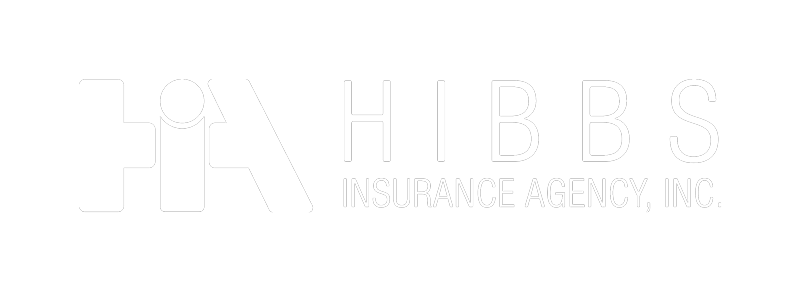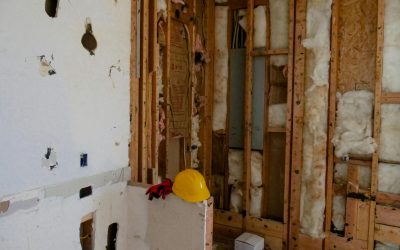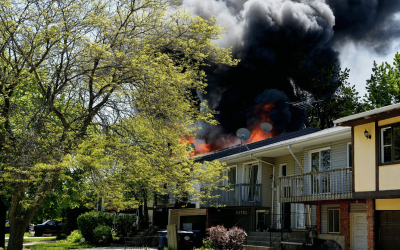This month as we focus on matters of the heart it’s an opportune time to delve into the heart of your home – your homeowners insurance. Ensuring that your most significant investment is adequately safeguarded is crucial. Let’s explore the essential aspects of homeowners insurance, including coverage types, policy limits, and common misconceptions, to help you make informed decisions about protecting your beloved abode.
The Core of Homeowners Insurance:
Your home is more than just a structure; it’s where cherished memories are made, and your most valuable possessions are kept. Homeowners insurance forms a protective shield around this heart of your family life. Understanding its fundamental components is key:
Dwelling Coverage: This covers the physical structure of your home, including the walls, roof, floors, and built-in appliances. Make sure your dwelling coverage is sufficient to rebuild your home in case of a total loss.
Personal Property Coverage: This protects your belongings, such as furniture, electronics, clothing, and jewelry, in case of theft or damage due to covered events.
Liability Coverage: If someone is injured on your property, liability coverage can help with legal expenses and medical bills.
Additional Living Expenses (ALE) Coverage: If your home becomes uninhabitable due to a covered event, ALE coverage helps with temporary living expenses.
Policy Limits and Deductibles:
Understanding the limits and deductibles of your homeowners insurance is crucial. Policy limits dictate the maximum amount your insurance will pay for a covered loss. It’s vital to ensure that these limits align with the replacement cost of your home and the value of your possessions.
Deductibles, on the other hand, represent the amount you’re responsible for paying before your insurance kicks in. A higher deductible often means lower premiums, but it’s essential to choose a deductible that you can comfortably afford in case of a claim.
Common Misconceptions:
Several misconceptions surround homeowners insurance, and it’s essential to separate fact from fiction:
Market Value vs. Replacement Cost: Your homeowners insurance should be based on the cost to rebuild your home, not its market value. The latter includes the land’s value, which doesn’t need to be insured.
Flood and Earthquake Coverage: These natural disasters are typically not covered by standard homeowners insurance. Separate policies are available for these risks.
Personal Property Limits: High-value items like jewelry, art, or collectibles may have limited coverage under standard policies. Consider adding endorsements or separate policies for such items.
Ensuring Adequate Protection:
To ensure that your homeowners insurance provides adequate protection for your home and loved ones, regularly review your policy and make adjustments as needed. Changes in your home’s value, renovations, or the acquisition of valuable possessions should prompt policy updates.
This February, as we focus on heart health, don’t forget the heart of your home – your homeowners insurance. By understanding its nuances, ensuring appropriate coverage, and dispelling common misconceptions, you’ll have peace of mind, knowing that the heart of your family’s life is well-protected.



